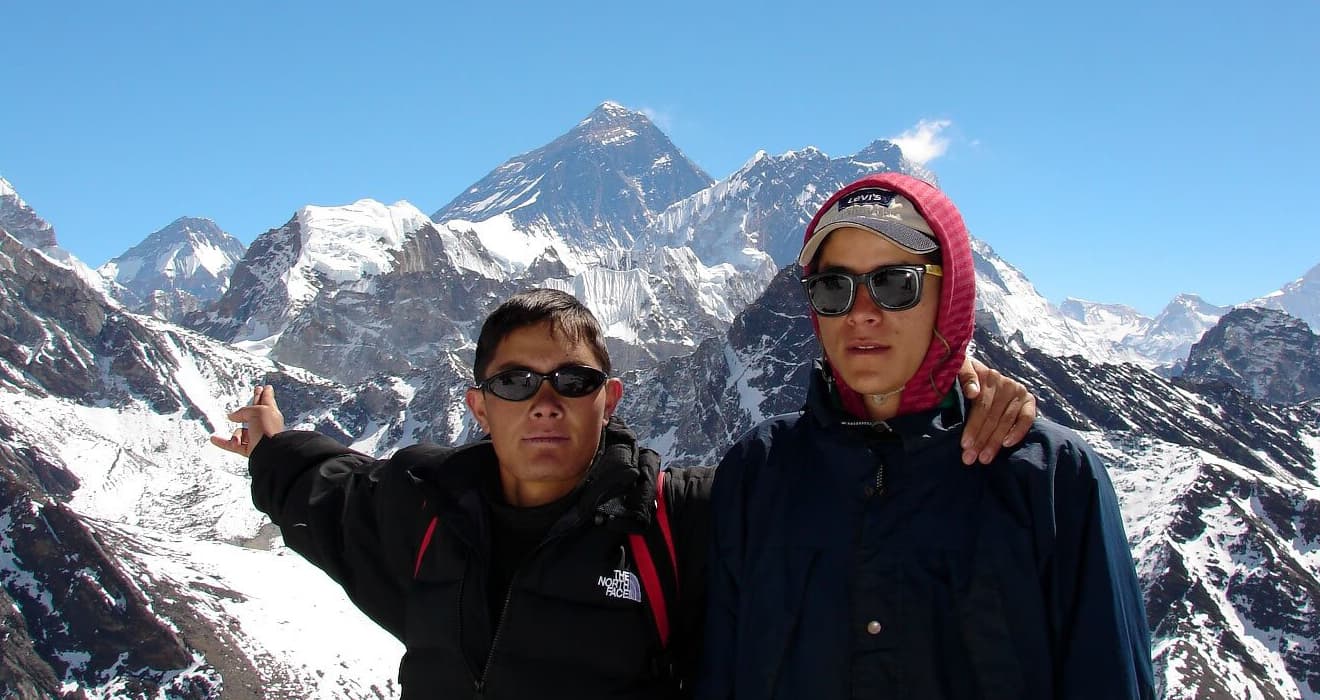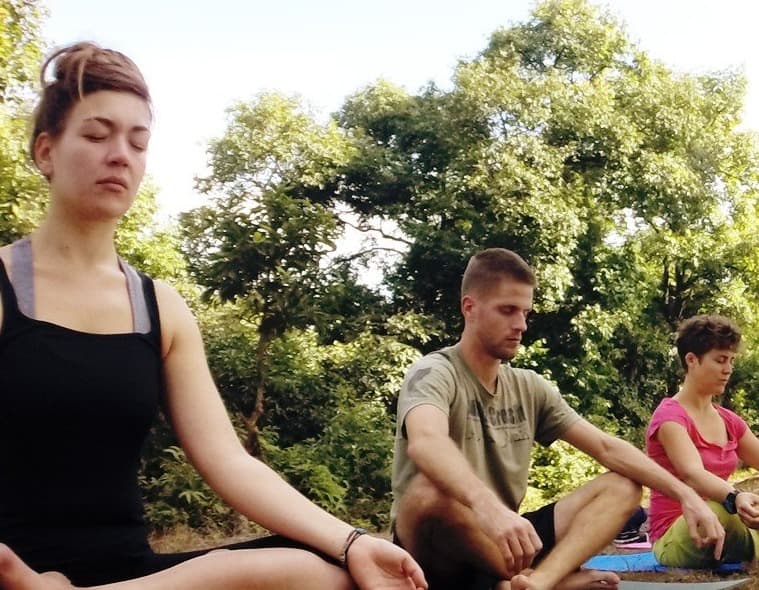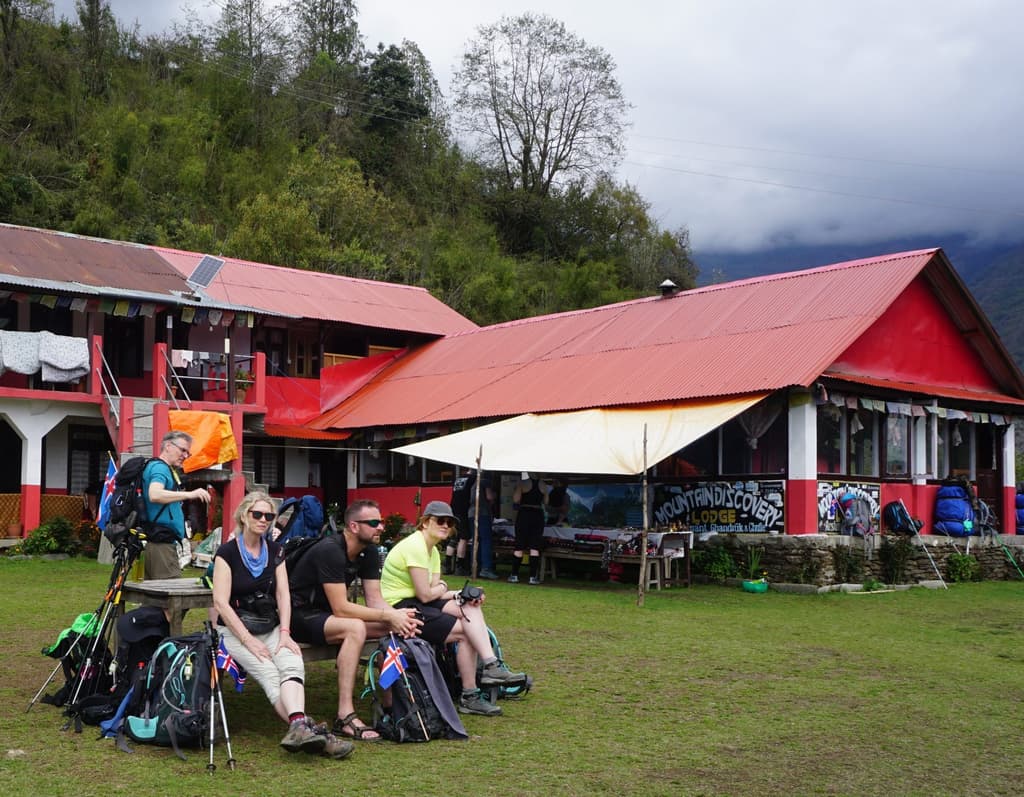Nepal is known for its beautiful mountains and ivory peaks. Trekking in Nepal has become a famous adventure activity to do for travelers. People in numbers of thousand visit the country every year for trekking in the cerulean mountains. For a large majority of the time, Nepal experiences four seasons the whole year round. The seasons comprehend a couple of months and the cycle of weather patterns and outlook of the forecasts are influenced by the seasons. The four seasons in Nepal are winter, autumn season, spring and summer. Among these four, two of the seasons are considered the best trekking seasons, while the other two as not so ideal for trekking in Nepal. For a preponderance of time, the seasons of autumn and spring are considered the best trekking seasons. Winter and summer both have varying weather patterns that involve circumstances of torrential rain and thick mist and fog. Spring season lasts throughout the months of March, April and May. Winter generally starts showing its influence from the month of December and lasts till the month of February. Summer starts from the month of June and lasts till the month of August.
Choosing which season to trek in Nepal plays a role in determining your trekking experience. A pleasant weather with warm forecasts in the mountains and great visibility generally makes trekking quite enjoyable. Trekking in itself is a somewhat strenuous exercise. If the weather co-operates, a vast majority of aspects of trekking like flights, mountain sights, views and trekking trails turn to your favor. But should the elements flip on weather conditions- then the same trekking experience verges on an unpleasantness with rain showers, wet and muddy trails, less to no visibility, flight delays and cancellations and just a general mess of things. That is why, choosing the best trekking season is important in order to enjoy the trekking experience to its full extent. Clear weather with little haze, mist and clouds are more preferred than the days where white mist and brume cover the sights of the Himalayas obstructing the view.
Autumn Season (September-November): the Best Trekking Season
While trekking in Nepal can be done throughout the year, trekking at certain seasons provide more enjoyment and clarity than others. Autumn is considered as the best trekking season in Nepal and the months of September, October and November are also the most recommended and preferred months because of favorable weather conditions.
September marks the end of monsoon in Nepal. Early days of September experiences light showers but by mid-September, the monsoon clouds exhaust themselves and dissipate, clearing up the skies, with a few harmless stray altocumulus clouds lingering. With clear skies, the views of the mountains appear pellucid and are the most beautiful to look at. The trekking trails are also neither too wet nor too slippery. Light snow also occurs at high altitudes. The weather turns dry and clear and is neither too scorching in the southern plains nor exceedingly freezing in the northern mountains. Occasional short storms tend to happen every now and then but it clears up pretty fast. Days are warmer and nights are pretty cool. Because of its propitiousness, the weather conditions around autumn bear the Goldilocks intimation- i.e. not too warm nor too cold, a perfect pointer for trekking journeys like the Everest Base Camp Trek, Annapurna, Langtang etc.
With glittery skies, autumn is the best trekking season in Nepal. The bright radiance of the Sun make the days pleasant, with temperatures ranging from 20° C during the day and falling to around 5° C at night on elevations ranging from 1,000 to 3,500 meters. Higher altitudes have temperature variations dropping to negative degrees at night. As fall spreads its beautiful influence on the country’s nature, autumn season displays vibrant colors of gaiety throughout the trekking trails. The leaves of the flora turn shades of ember, amethyst and rust. As such, the generally chartreuse forests and woodlands become alive with exuberance. Furthermore, autumn is also the season when the major festivals of Dashain and Tihar are celebrated in Nepal. Also known as the “festival of Victory” and “the festival of Light” respectively, the time around these festivals are full of merry-making and shrouded in an excited ambiance.
The Chhath festival is also celebrated in the time of the autumnal equinox. During the celebration, the Sun God is worshipped for his blessing. The deciduous trees change color and their tincture ranges from emerald green to beautiful shades of yellow and orange. Trekking trails are adorned with rhododendron blossoms and the landscapes of various destinations are utterly brimming with natural beguile. The trekking trails are mesmerizingly decorated with natural canopies of tinted foliage. As autumn is a transition period after the ending of summer and the beginning of winter, harvesting is also done during the months of autumn.
With a wide variance of many destinations and regions ripe for trekking at all times throughout the year, the best trekking season amounts to be the Autumn and Spring. The seasons of summer and winter also have trickles of trekkers that travel to destinations, but the number is not as much as seen during the seasons of autumn and spring. But trekking never stops in Nepal and people can still undergo trekking at any season or month they choose. All four seasons have their distinct presentation on the land, its vegetation and the topography. So each season provide quite different trekking experiences.



Post a Comment